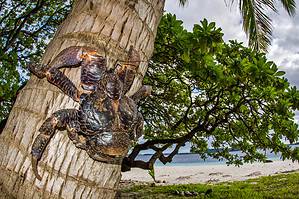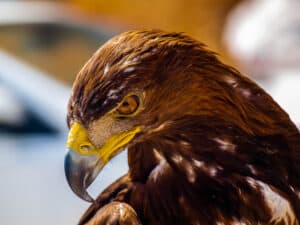Washed ashore by ocean waves, sand dollars are delicate treasures found where the land meets the sea. Acting as natural metaphors for the connection between the physical and the divine, these fascinating sea creatures invite us to embark on a journey of self-discovery as we search their intricate designs and ancient wisdom. What secrets do these ethereal-looking animals hold? Let’s dive in and take a closer look at the spiritual meaning and symbolism of the sand dollar!

What Is a Sand Dollar?
Although it may sound like some kind of bohemian beach currency, a sand dollar isn’t a dollar at all! Sand dollars are actually marine animals related to sea cucumbers and sea urchins. They are flat, burrowing invertebrates that live in the shifting sand of shallow coastal waters. Equipped with thousands of tiny spines, they can adaptively move about and burrow into the sandy sea floor. As filter feeders, sand dollars rely on an intricate feeding apparatus to extract nutrients from the water.
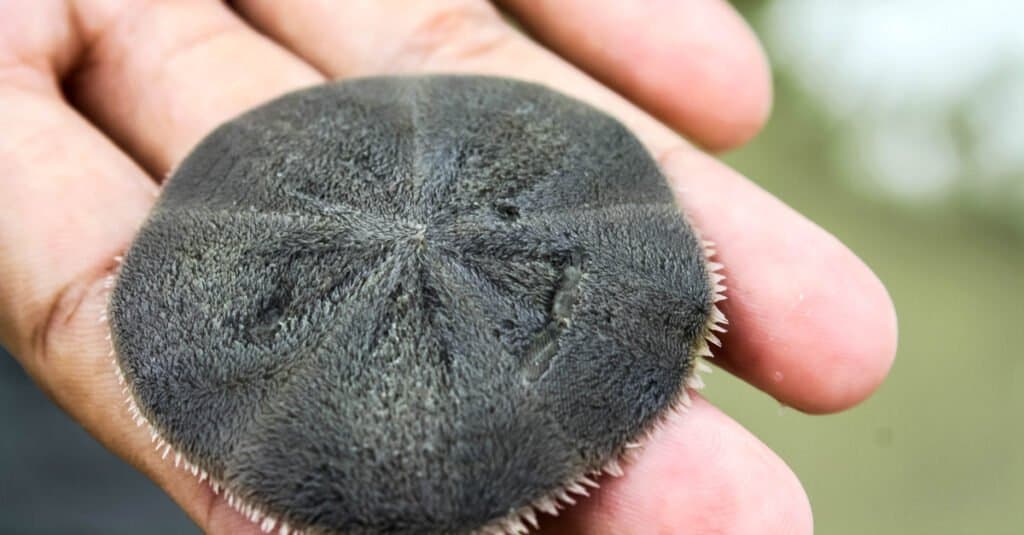
When sand dollars are alive, they have small cilia and tiny spines covering their bodies.
©k_lmnop/Shutterstock.com
What Does a Sand Dollar Look Like?
Now, if you picture a sand dollar in your mind, you likely imagine one of those lovely white shell-like discs often used for decorations or jewelry. However, those are just the exoskeletons of now-deceased sand dollars. Living sand dollars, on the other hand, look quite different.
Sand dollars have flat bodies covered in tiny, flexible spines and cilia (hair), making them purple, grey, or reddish brown. They are usually around 2 to 4 inches in diameter, with a hard outer skeleton called a test — which is what you’ll find in gift shops near the ocean. While alive, sand dollars breathe through their petaloid ambulacra. These are the unique patterns in their exoskeletons made up of tiny openings or pores.
When a sand dollar dies, it leaves behind its calcium carbonate exoskeleton, which is called a test. When the test washes up on the beach, it is often bleached by the sun — which is what gives it that smooth, striking white appearance sand dollars are well known for. The holes from its petaloid ambulacra also remain. This leaves behind a beautiful and intricate flower pattern on the top side of the sand dollar’s exoskeleton.
The round, sun-bleached tests of dead sand dollars look like old silver dollars, which is where these fascinating creatures got their name. However, not only are they fascinating to look at, but due to their unique life cycle and appearance, sand dollars are also associated with many spiritual meanings and symbols.
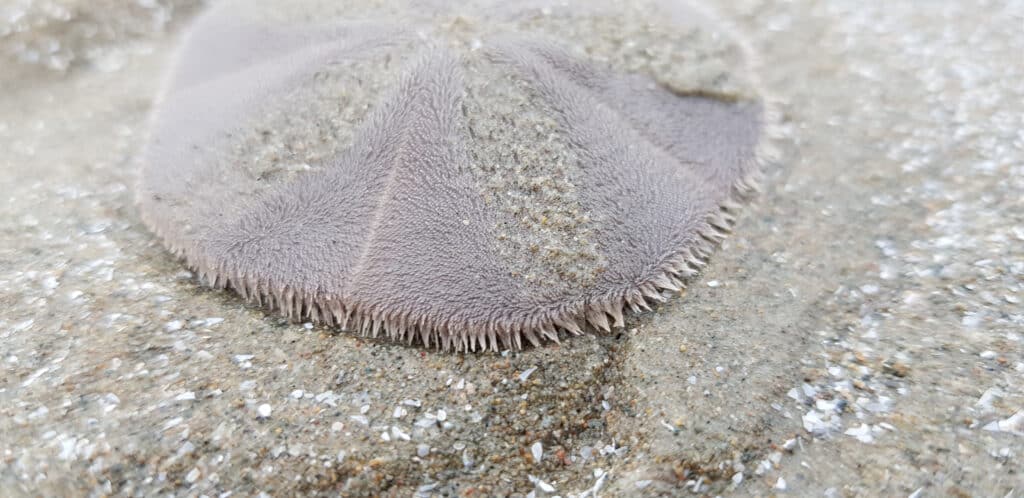
Fuzzy cilia help the sand dollar move around the sandy floor of the ocean.
©Lavendulan/Shutterstock.com
The Spiritual Meaning and Symbolism of the Sand Dollar
Jesus Christ
For many Christians, sand dollars are a symbolic representation of the life of Jesus Christ, sometimes referred to as “The Legend of the Sand Dollar”. For example, on the slightly rounded top side of a sand dollar, there is a small, five-pointed star. This star is symbolic of the ancient Star of Bethlehem that helped to guide the Wise Men and shepherds to the baby Jesus. Surrounding the star is a unique, floral-like design (from its petaloid ambulacra) that looks similar to an Easter lily. This is symbolic of Easter and Christ’s resurrection.
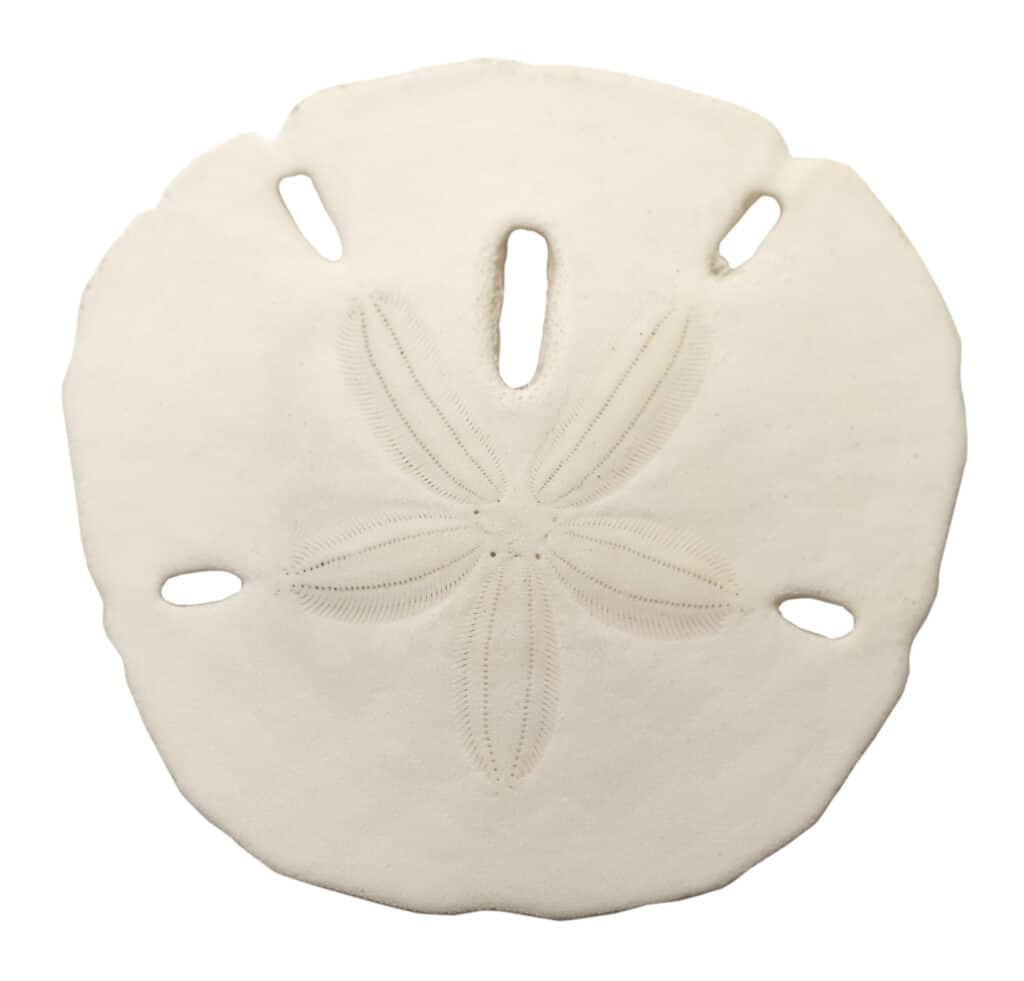
The smooth, white sand dollars on the beach are dead. The tiny holes create a beautiful sea star shape.
©Megapixel/Shutterstock.com
There are also five larger, oval-shaped holes or slits surrounding the flower. These symbolize the “Five Sacred Wounds” that Christ received on the cross. Four of the holes extend from the flower design. These represent where the Romans nailed Christ to the cross through his hands and feet. The fifth hole at the bottom of the sand dollar — just below the flower design — represents the wound to his side when they pierced him with the Lance of Longinus.
In addition, the back or bottom side of a sand dollar has an outline of another larger, flower-like design. The flower outline resembles a poinsettia, another flower that often symbolizes Christ and his birth at Christmastime.
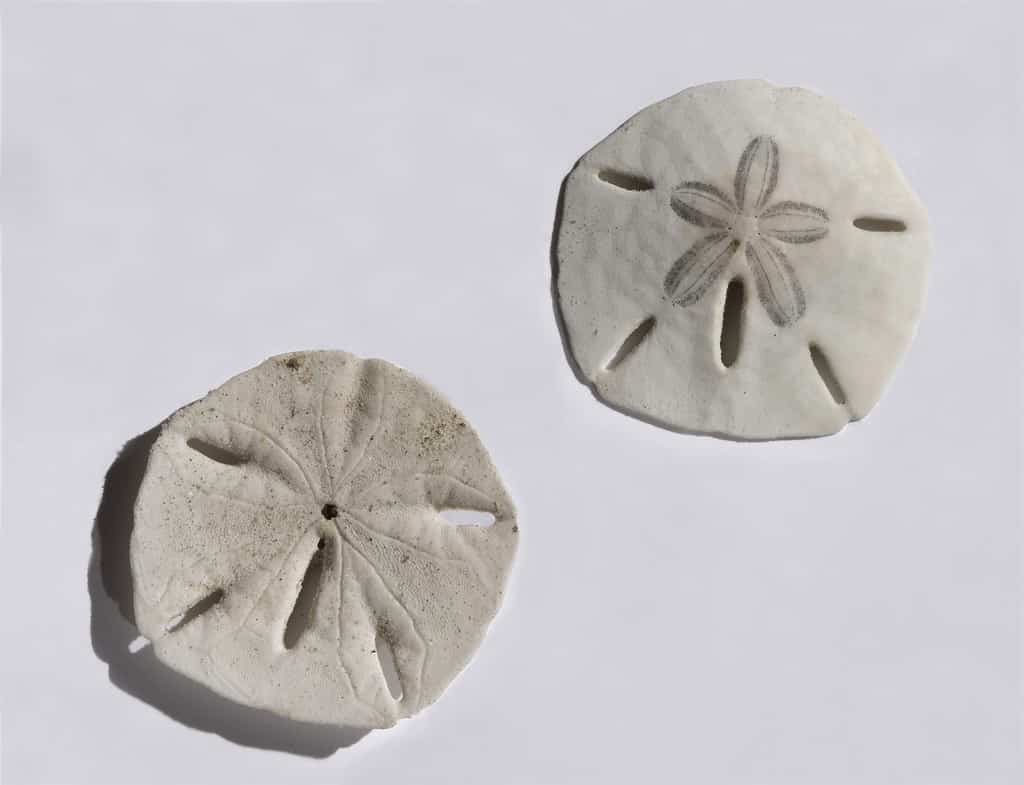
The front and back of a sand dollar display various designs that symbolize the life of Jesus Christ.
©MarkRiedy/iStock via Getty Images
Peace
Lastly, the spiritual meaning and symbolism of a sand dollar also come from the animal’s inner workings. Sand dollar tests are brittle and dry, and if you shake them gently you can often hear a rattling inside. This comes from the remains of “Aristotle’s lantern”, a complex structure of five plates and teeth that sand dollars use to help them scrape, grind up, and eat their food. After death, these pieces can become dislodged, and if you break open a sand dollar, they will fall out. The five pieces have V-shapes like tiny little doves, another connection to Christ in the Christian tradition, representing peace and the spirit.
However, Christianity isn’t the only culture that sees sand dollars as symbols of peace. As previously mentioned, the five pieces of “Aristotle’s lantern” inside a sand dollar are shaped like five small doves. Doves have served as symbols of peace for thousands of years, from Mesopotamia to the ancient Greeks, Christianity, Judaism, Islam, and Native American cultures, to name just a few.
In addition, sand dollar exoskeletons are fragile and delicate and are easy to break. If you want to keep them in one piece, you must be careful in how you handle them. Likewise, peace can also be delicate and needs to be protected.
Furthermore, sand dollars also symbolize peace due to their ethereal beauty and harmonious connection to the vastness of the ocean. The intricate designs on the outside of a sand dollar are reminiscent of radiant mandalas, representing order, balance, and tranquility.
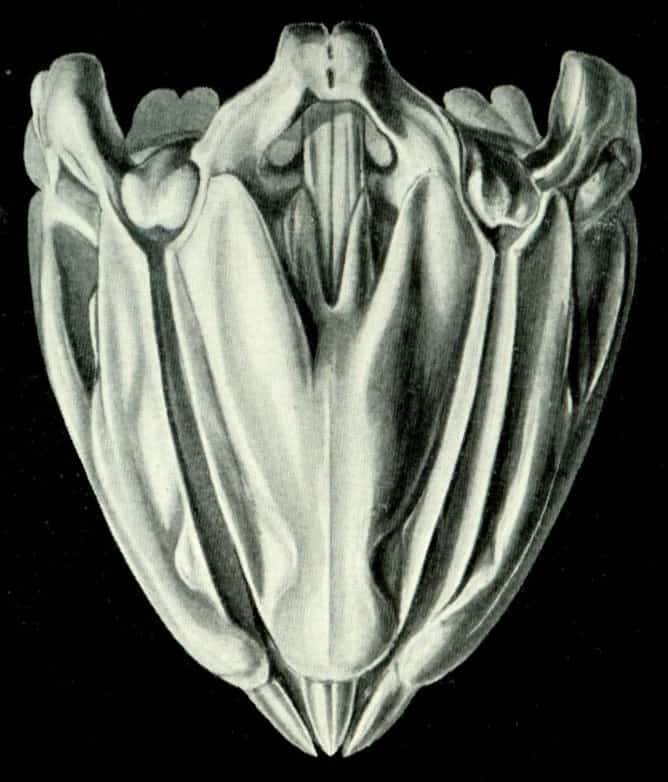
The mouth parts of sand dollars and sea urchins are called “Aristotle’s Lantern.”
© – License
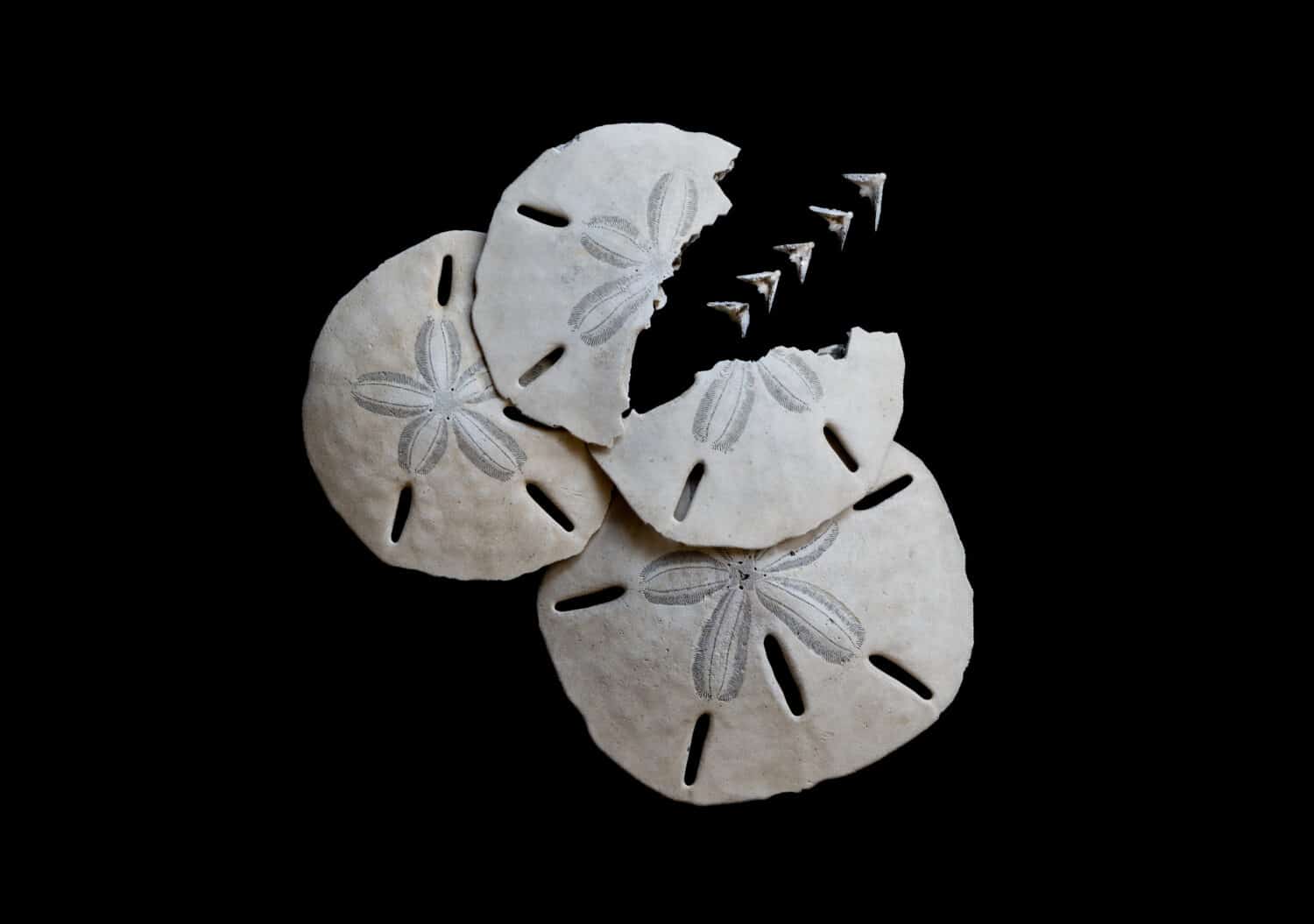
After a sand dollar dies, the pieces from “Aristotle’s Lantern” can break off and look like tiny flying doves.
©Ann Newman/Shutterstock.com
Transformation and Rebirth
Sand dollars are symbols of transformation and rebirth due to their interesting life cycle. Beginning as nothing more than tiny eggs and larvae, sand dollars take a long time to develop before they transform into the white discs we see on the beach. Because of this, sand dollars symbolize transformation, as they transform several times before reaching their adult state.
After being fertilized, sand dollar eggs grow and divide. After several weeks, they begin to sprout arms, starting with two and ending with eight. As the baby sand dollar larvae drift about they are very vulnerable. So, nature gave them a secret weapon: the ability to clone! When a sand dollar larva senses danger, it will clone itself, resulting in two smaller sand dollar larvae that are harder for predators to spot. This unique cloning process is one of the reasons that sand dollars symbolize transformation and rebirth since baby sand dollar larvae can literally transform and be reborn as a new clone.
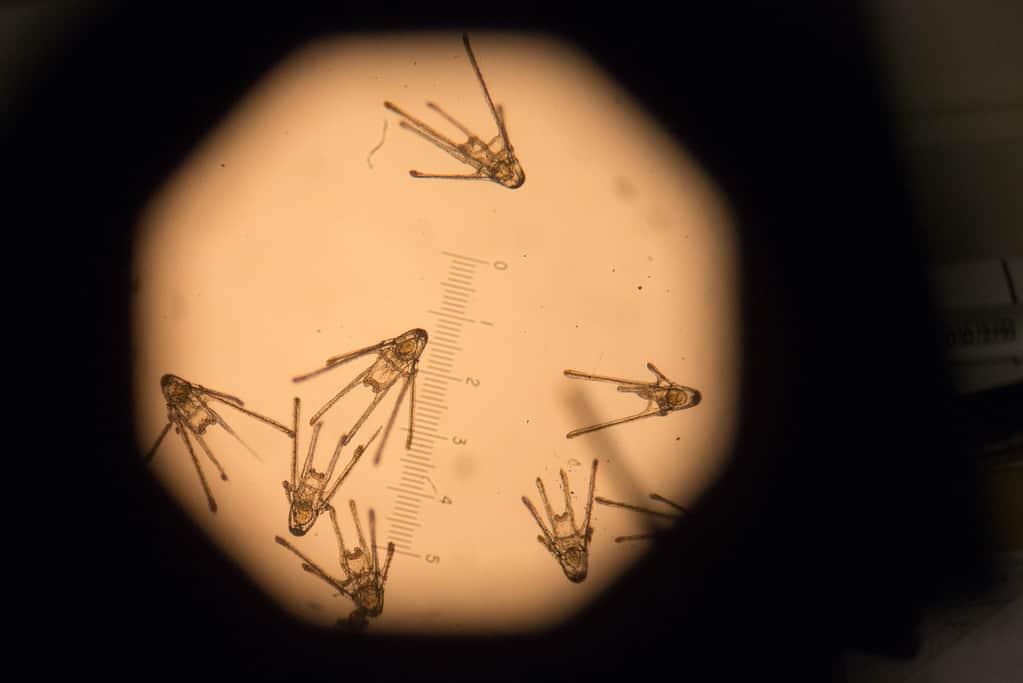
It takes a long time for tiny sand dollar larvae to finally develop into the adult sand dollar we recognize.
©JPhilipson/iStock via Getty Images
Luck and Abundance
Since sand dollar exoskeletons look like large coins, they also symbolize abundance, and finding one is considered a very lucky thing. Some say that they represent coins from the lost city of Atlantis, or even from mermaids under the sea. Oftentimes times people give sand dollars as gifts of luck and prosperity. If you have ever stumbled upon a sand dollar while walking along the beach, you probably felt quite lucky, especially if it was still in one, unbroken piece!
The photo featured at the top of this post is © Jillian Cain Photography/Shutterstock.com
Thank you for reading! Have some feedback for us? Contact the AZ Animals editorial team.




